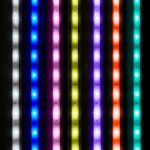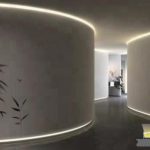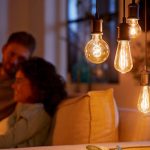Wake Up Refreshed: Discover How Blue LED Light Boosts Your Energy and Mood
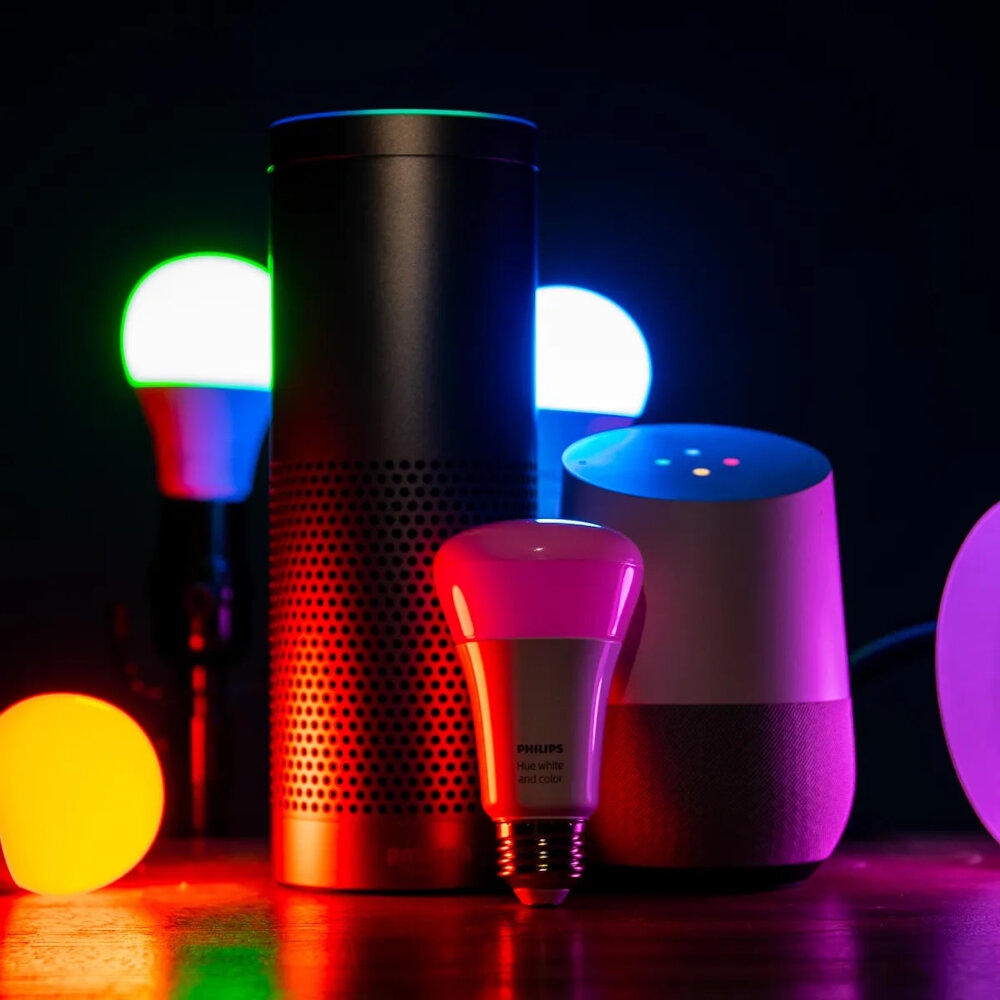
Do you often wake up feeling groggy and lethargic, struggling to get out of bed and start your day? Do you find yourself relying on multiple cups of coffee just to get through your morning routine? If so, you’re not alone. Many people struggle with feeling tired and sluggish upon waking, but there may be a simple solution that can help you wake up feeling refreshed and energized – blue LED light. Blue LED light has been shown to have a powerful effect on the body’s natural circadian rhythm, which controls our sleep-wake cycle. By exposing ourselves to blue light in the morning, we can help reset our internal clock and promote a more natural and restful sleep at night. But that’s not all – blue LED light has also been linked to improvements in mood, cognitive function, and overall energy levels, making it an excellent tool for enhancing your daily productivity and wellbeing. In this article, we’ll explore the science behind blue LED light and how you can use it to wake up feeling refreshed and revitalized each day.
Getting enough rest and sleep is crucial for our physical and mental health. Sleep is a fundamental biological process that allows our bodies to repair and rejuvenate, while also consolidating memories and regulating our mood. Lack of sleep can lead to a host of health problems, including impaired cognitive function, weakened immune system, and increased risk of developing chronic diseases. In today’s fast-paced and technology-driven world, many people struggle to get enough quality sleep, which can negatively impact their energy levels and mood. However, recent research suggests that blue LED light may be an effective way to boost energy and improve overall well-being.
What is Blue LED Light?
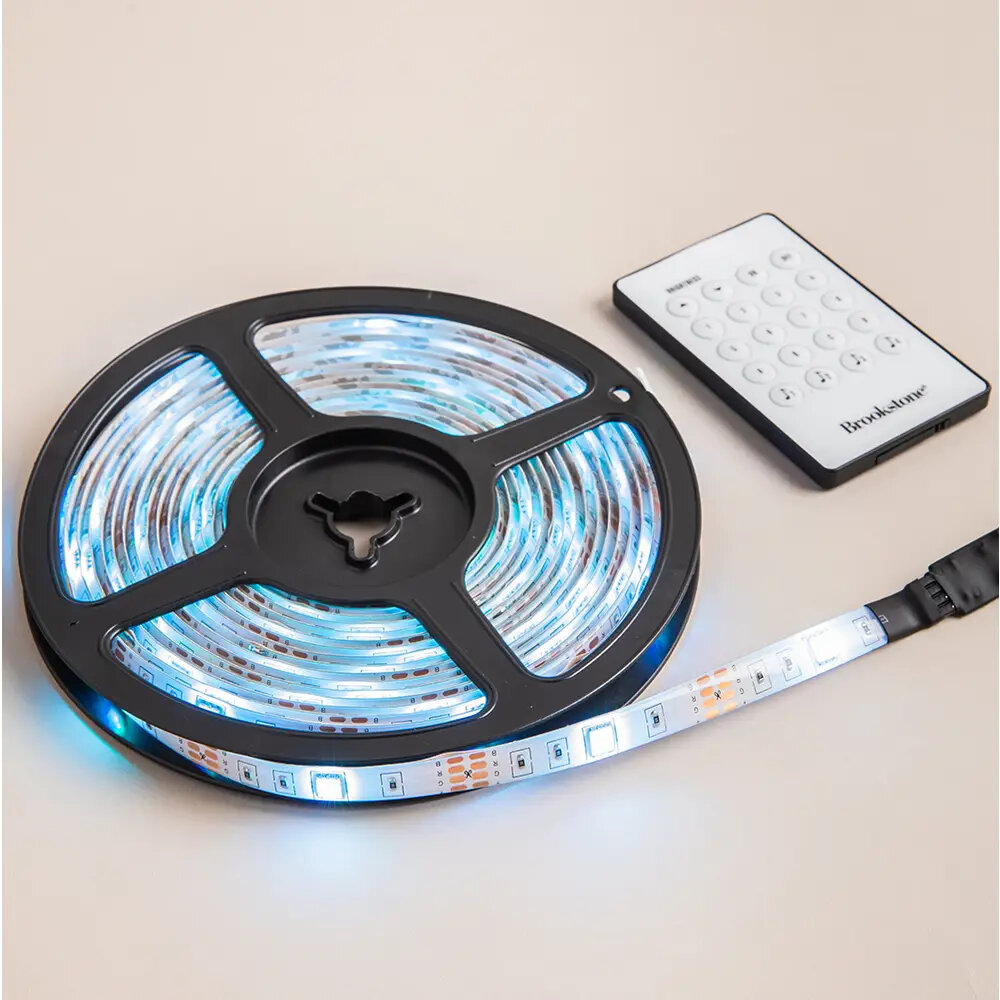
Blue LED light refers to a type of light with a wavelength of approximately 450 nanometers. It emits a cool, bright blue color that is commonly used in lighting fixtures, electronics, and appliances. Blue LED light is known for its unique properties and has been found to have numerous benefits, including boosting energy levels and improving mood. One of the primary benefits of blue LED light is its ability to regulate the body’s natural circadian rhythm. Exposure to blue light in the morning helps to suppress the production of melatonin, a hormone that induces drowsiness and promotes sleep. This, in turn, helps to improve alertness, increase energy levels, and enhance overall productivity throughout the day. Additionally, blue LED light has been found to stimulate the production of serotonin, a neurotransmitter that regulates mood and promotes feelings of well-being. This makes it an effective tool for treating depression, seasonal affective disorder (SAD), and other mood disorders.
Blue LED light is a type of light that emits a high-energy wavelength in the blue-violet spectrum. It works by stimulating the melanopsin cells in the retina, which send signals to the brain’s suprachiasmatic nucleus, responsible for regulating the body’s circadian rhythm. This process helps to reset the body’s internal clock and promote wakefulness and alertness. Blue LED light therapy has been shown to improve energy levels, mood, and cognitive performance, making it an effective tool for fighting fatigue and improving productivity. Moreover, this type of light has also been used to treat seasonal affective disorder (SAD) and other mood disorders, as well as to enhance the effectiveness of other treatments like antidepressants and psychotherapy.
The blue LED light has a significant impact on the body’s circadian rhythm, which regulates the sleep-wake cycle. Exposure to blue light at night, such as from electronic devices, can disrupt the body’s natural production of the hormone melatonin, which signals the body to prepare for sleep. This can result in difficulty falling asleep, reduced quality of sleep, and daytime fatigue. On the other hand, exposure to blue light during the day can help regulate the circadian rhythm, increase alertness, and improve mood. Research has shown that blue light therapy can be an effective treatment for seasonal affective disorder, a type of depression that occurs in the winter months due to reduced exposure to natural sunlight. Overall, understanding the impact of blue light on the circadian rhythm can help individuals optimize their sleep and mood.
Benefits of Blue LED Light
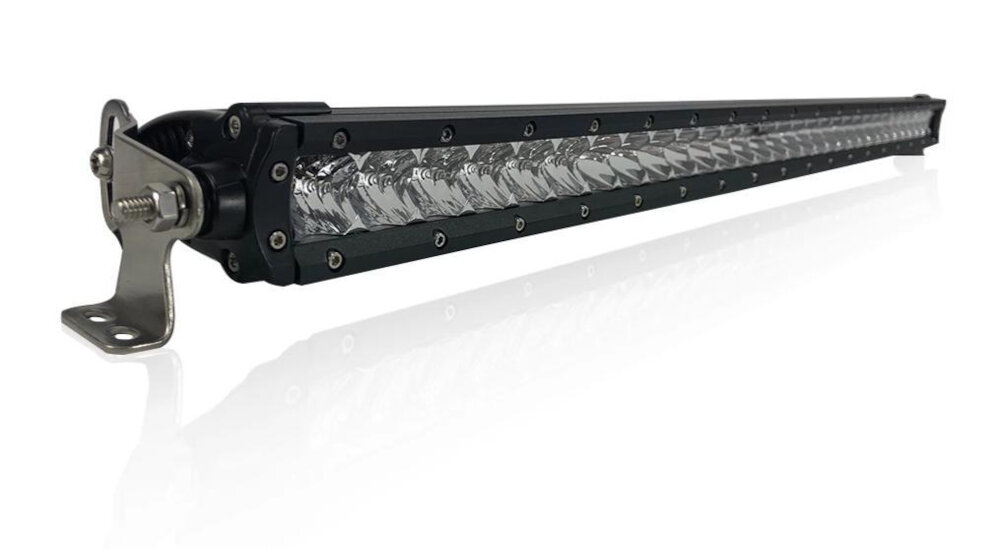
Blue LED light has become increasingly popular in recent years due to its numerous health benefits. One of the most notable benefits is its ability to boost energy and enhance mood. Exposure to blue light in the morning can help regulate the body’s natural circadian rhythm, which is responsible for controlling sleep and wake cycles. By stimulating the production of cortisol, a hormone that helps us wake up and feel alert, blue light can provide a natural energy boost that lasts throughout the day. Additionally, blue light is known to increase serotonin levels in the brain, a neurotransmitter that regulates mood and promotes feelings of happiness and well-being. Therefore, incorporating blue LED light into your daily routine can help you wake up feeling refreshed, energized, and in a positive mood. Moreover, blue LED light has been shown to improve cognitive function and mental clarity. Research has found that exposure to blue light can increase attention span, reaction time, and overall performance on cognitive tasks. This is due to the ability of blue light to activate certain areas of the brain responsible for cognition and memory. Furthermore, blue light therapy has been used to treat seasonal affective disorder (SAD), a type of depression that occurs during the winter months when there is less natural light. By mimicking the effects of natural sunlight, blue light therapy can help alleviate symptoms of SAD, such as fatigue, low mood, and lack of motivation. Overall, incorporating blue LED light into your daily routine can have a significant positive impact on your mental and emotional well-being.
Blue LED light has shown to be highly beneficial for sleep and mood. Studies suggest that exposure to blue light in the morning can help regulate circadian rhythms, allowing individuals to feel more alert and awake during the day. Additionally, blue light therapy has been shown to be an effective treatment for seasonal affective disorder (SAD) and other forms of depression. This is because blue light helps to stimulate the production of serotonin, a neurotransmitter that is responsible for regulating mood and promoting feelings of happiness and well-being. Overall, incorporating blue LED light into your daily routine can help you wake up feeling refreshed, energized, and ready to take on the day.
There is robust scientific evidence supporting the claims that blue LED light can enhance our energy and mood. Research shows that exposure to blue light can stimulate the production of serotonin, a neurotransmitter that regulates our mood and promotes feelings of well-being. Additionally, blue light can suppress the production of melatonin, a hormone that regulates our sleep-wake cycle, leading to increased alertness and energy during the day. Studies have also found that exposure to blue light can improve cognitive performance and memory, further highlighting its potential to boost productivity and overall well-being. With this evidence in hand, it’s clear that incorporating blue LED light into our daily routines can have significant benefits for our physical and mental health.
How to Incorporate Blue LED Light into Your Routine
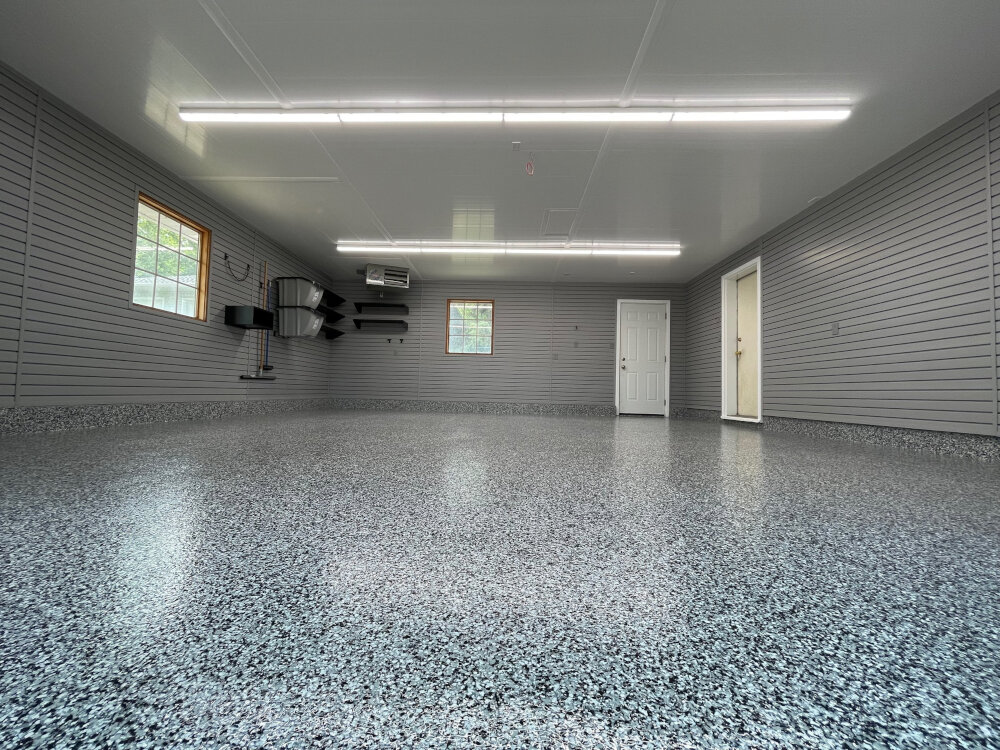
Blue LED light has been proven to help boost energy and mood, making it a great addition to your daily routine. The first step in incorporating blue LED light into your routine is to invest in a quality LED light bulb or lamp. Look for bulbs that emit a blue light that is close to natural daylight, as this will have the most beneficial effect on your body. You can use the light during the day to help boost your energy and productivity levels, or in the evening to help wind down and prepare for a restful night’s sleep. Simply set up the light in your workspace or bedroom and turn it on for 30-60 minutes at a time. Another way to incorporate blue LED light into your routine is to use it as part of a morning routine. Place the light in your bathroom or kitchen and turn it on while you’re getting ready in the morning. The blue light will help wake you up and boost your energy levels, making it easier to start your day on a positive note. You can also use the light during a workout or yoga session to enhance your performance and focus. With consistent use, blue LED light can become an integral part of your daily routine, helping you feel energized and focused throughout the day.
Incorporating blue LED light into your daily routine can have a significant impact on your energy and mood. One way to do this is by using blue LED light therapy lamps, which simulate natural sunlight and can boost your energy levels. Another option is to use blue LED light bulbs in your home or workspace, which can help regulate your circadian rhythm and improve your sleep quality. Additionally, you can try using blue LED light alarm clocks, which wake you up gradually with light rather than sound, making you feel more refreshed and energized in the morning. You can also use blue LED light therapy masks or handheld devices to target specific areas of your body, such as your face, to improve your skin’s health and appearance. Overall, incorporating blue LED light into your daily routine is a simple and effective way to enhance your well-being and feel more energized and alert throughout the day.
Blue LED light can be a powerful tool for boosting energy and mood, but it’s important to use it effectively. First, avoid using it too close to bedtime, as it can disrupt sleep patterns. Instead, use it in the morning to help wake up and start the day feeling refreshed. Second, be sure to adjust the brightness and intensity to a comfortable level, as too much blue light can cause eye strain and headaches. Third, consider using a light therapy lamp that emits blue light, as these are specifically designed to provide the optimal amount and wavelength of light for maximum benefits. Finally, try incorporating other healthy habits into your routine, such as exercise and a balanced diet, to further enhance the positive effects of blue LED light.
Potential Risks and Precautions
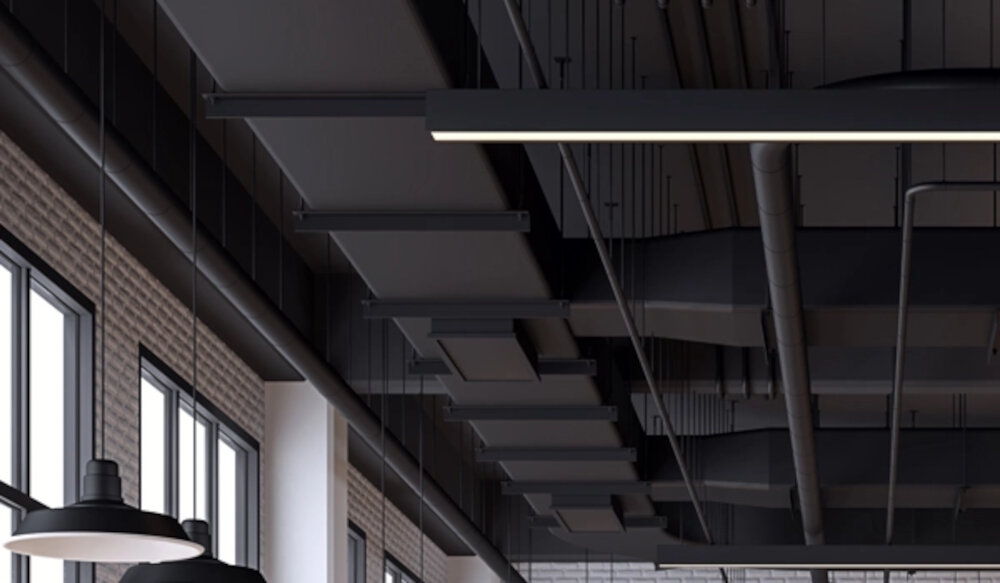
While blue LED light has been proven to be an effective way to boost energy and mood, there are potential risks that should be taken into consideration. One of the main risks associated with blue LED light is its potential impact on sleep quality. Exposure to blue light at night can disrupt the body’s natural sleep-wake cycle, making it difficult to fall asleep and stay asleep. This can lead to daytime fatigue, irritability, and a host of other negative health effects. To mitigate this risk, it is recommended that individuals limit their exposure to blue light in the hours leading up to bedtime. This can be achieved through the use of blue light filters on electronic devices, as well as through the use of dim lighting in the evening. Another potential risk associated with blue LED light is its impact on the eyes. Prolonged exposure to blue light can lead to eye strain, headaches, and even vision loss in extreme cases. To avoid these negative effects, it is important to take regular breaks from electronic devices and to use blue light filters whenever possible. Additionally, individuals who are at higher risk for eye problems, such as those with a family history of eye disease or those who work in jobs that require extended periods of screen time, should take extra precautions to protect their eyes from blue light. This can include wearing special glasses or using specialized lighting that is designed to filter out blue light.
While blue LED light has been shown to have numerous benefits, there are also potential risks and side effects to be aware of. One of the main concerns is the impact on sleep patterns, as exposure to blue light in the evening can disrupt the body’s natural production of melatonin and make it harder to fall asleep. Additionally, some people may experience eye strain or headaches from prolonged exposure to blue light. There is also some concern that blue LED light could have a negative impact on the skin, as it has been linked to the production of free radicals that can cause damage and premature aging. As with any new technology or treatment, it is important to weigh the potential benefits against the risks and take steps to minimize any negative effects.
While blue LED light can be very beneficial to our energy and mood, it is important to take precautions when using it. First, it is important to limit our exposure to blue LED light, especially before bedtime, as it can disrupt our sleep patterns. Second, it is important to use blue LED light sources that emit low levels of blue light, as high levels of blue light can lead to eye damage over time. Finally, it is important to use blue LED light sources that are certified by reputable organizations, such as the American Medical Association, to ensure that they are safe and effective. By taking these precautions and safety tips, we can enjoy the benefits of blue LED light while minimizing any potential risks.
The article \Wake Up Refreshed Discover How Blue LED Light Boosts Your Energy and Mood\ highlights the benefits of blue LED light therapy. The blue light has been found to stimulate the brain’s production of serotonin, which is known to boost mood and energy levels. Additionally, blue LED light therapy has been found to be effective in regulating sleep patterns and reducing symptoms of depression. The article also discusses the different types of blue LED light devices available on the market, including light boxes and light therapy glasses, and how they can be used to improve overall well-being. Overall, blue LED light therapy is a promising and natural way to improve energy, mood, and sleep quality.
If you’re looking for a simple yet effective way to improve your sleep and boost your mood, incorporating blue LED light into your daily routine might just be the answer you’ve been looking for. Research has shown that exposure to blue light wavelengths can help regulate your circadian rhythm, making it easier to fall asleep and wake up feeling refreshed. Additionally, blue light has been found to increase alertness and improve mood by stimulating the production of serotonin, a neurotransmitter that plays a key role in regulating mood and emotions. Whether you’re struggling to get a good night’s sleep or just looking for a natural way to boost your energy and mood, adding some blue LED light to your life could be just the ticket. So why not give it a try and see how it works for you?
Conclusion
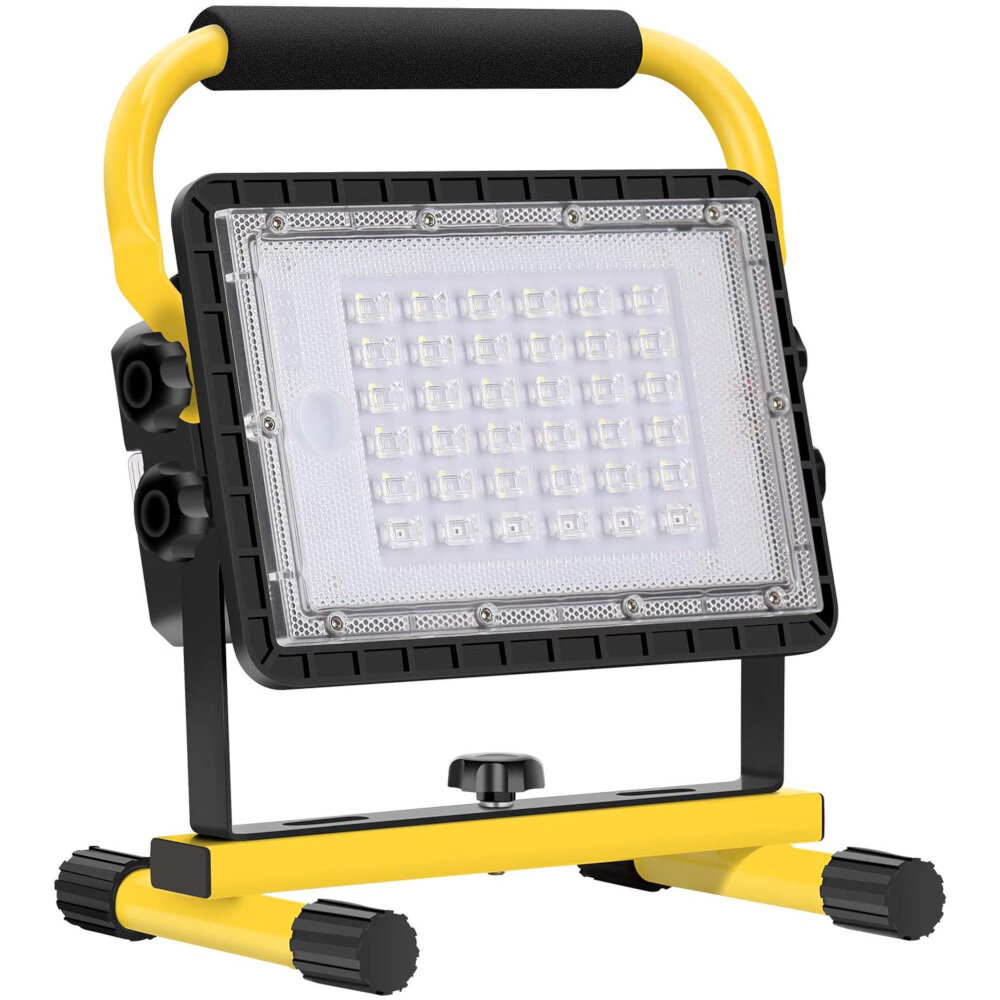
In conclusion, blue LED light can be a powerful tool to boost both our energy and mood. By stimulating our body’s natural circadian rhythm, blue light can help us wake up feeling refreshed and ready to take on the day. Additionally, its ability to enhance our mood and increase mental alertness makes it an excellent choice for those looking to improve their productivity and overall well-being. As with any technology, it’s important to use blue LED light responsibly and in moderation to ensure we reap its benefits without harming our health. With a little bit of knowledge and care, we can harness the power of blue light to help us live happier, healthier lives.

